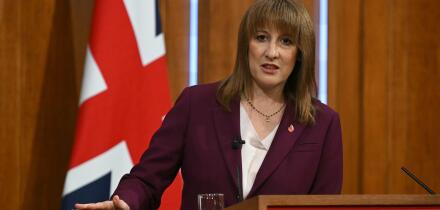by Gavan Nolan, IHS Markit
The conflict in Syria has taken a terrible twist that threatens to draw the major western powers into a conflict with Russia, with concomitant negative effects on credit markets.
The suspected gas attack by government forces in Douma has prompted aggressive rhetoric from President Trump via his usual medium of Twitter. The US administration has taken economic measures to damage Russia in the form of new sanctions. In particular, the extension of sanctions to securities and assets that have already been issued — the previous sanction only applied to new issues — will have a considerable impact on credit market access and financing costs for the sovereign and Russian corporates.
Naturally, the CDS market reacted in sympathy. Russia’s five year CDS spreads widened from 120bp to 152bp in the space of three days. The move in the one year was even more extreme — blowing out from 36bp to 79bp. The flattening in the curve is something of a “fear gauge” in credit markets, as it indicates that near-term probability of default is rising.
Russia is one of the most liquid names in the CDS universe, making it possible to trade in large size with relatively small transaction costs. The bid-ask spread has increased slightly over the past week but the move from 2bp to just 3bp indicates just how strong liquidity is in this name. The number of quotes in the IHS Markit CDS pricing service — a decent proxy of volumes — has been unusually high, which is to be expected when a credit is under pressure. The charge of low liquidity is often made towards single name CDS, but is certainly not true in this case.
So, it is clear that there has been some credit deterioration underpinned by solid liquidity. Indeed, Russia’s implied rating from CDS spreads is now BB, compared to its investment grade BBB rating from the agencies. But this has to be placed in a historical perspective. The basis between the five year and one year spreads is now below 70bp for the first time in two years — undoubtedly a notable development.
However it pales into comparison to spread performance in January 2015, when the basis was negative — an inverted credit curve. This period was marked by a sharp decline in the price of oil — Russia’s main export — as well as sanctions prompted by its involvement in the Ukrainian conflict. Oil prices have actually increased in recent weeks against the background of rising geopolitical risk. This may limit spread widening, though sanctions could impinge on Russia’s ability to take advantage of rising commodity prices.
Trump has rowed back from his more incendiary comments on military action, helping markets to recover moderately. Russia’s five year spreads rallied 10bp to 142bp. In truth, though, the whole episode hasn’t had a huge impact on the broader credit markets. The main credit indices have widened over the past month but that was likely triggered by the possibility of a trade war, as well as the prospect of rising US rates. But an escalation in Syria will certainly cause a reassessment of geopolitical risk and asset allocation.







